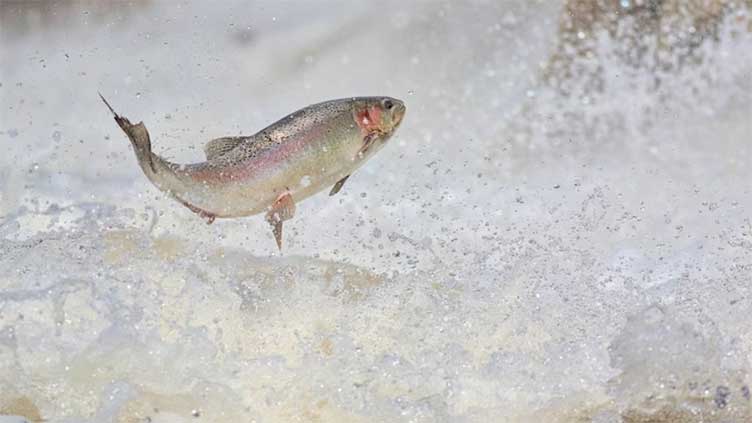Why is Earth's climate fluctuating? Growth rings on fish hide clues

Technology
How climate change affects fish growth
(Web Desk) - After discovering rings in tree hide the clues of how the climate changes, a similar technique reveals that fish also carry the markers that show planet's fluctuating climate.
Researchers from the University of Arizona have shed light on how climate change affects fish growth by studying their otoliths — tiny ear bones with growth rings similar to those found in trees.
Fish also have growth rings in their otoliths, which can provide critical insights into the effects of climate change on aquatic ecosystems.
Bryan Black, an associate professor of dendrochronology at the University of Arizona, who specialises in dendrochronology — the study of tree rings — has adapted this technique to analyze fish rings.
This innovative approach allows scientists to understand environmental variability's impact on fish growth and productivity over decades. The process, known as "crossdating," was invented by AE Douglass, the founder of the Laboratory of Tree-Ring Research.
It involves matching growth patterns among all trees of a given species and location, which vary with the climate. For instance, in regions where rainfall influences growth, trees form wide rings during wet years and narrow rings during dry years.
Crossdating ensures the accurate identification of the calendar year for every ring, even when a tree does not form a complete ring around its circumference. By comparing growth patterns across multiple trees, researchers can detect any missing rings.
This same principle is applied to fish otoliths, allowing scientists to build precise, well-replicated growth histories for marine species.
Black's research focuses on species like the splitnose rockfish, a North Pacific species with a limited range and non-migratory behavior, making it ideal for studying annual growth increments.
These rockfish are economically significant and are managed by the National Oceanic and Atmospheric Administration (NOAA), which conducts periodic surveys and collects otoliths to estimate fish ages.
With archived otolith collections dating back to the 1970s, Black has been able to develop growth chronologies that extend beyond simple age estimates. These chronologies are part of a global network that includes Europe, Australia, the US, and Canada, offering a comprehensive view of how broad-scale climate drivers affect both marine and terrestrial environments.
Looking ahead, Black aims to understand how climate events, such as marine heatwaves, influence fish growth. He is also interested in comparing the responses of heavily fished populations to those less exploited, hoping to unravel how fish populations respond to extreme climate events and intensive fishing practices.



